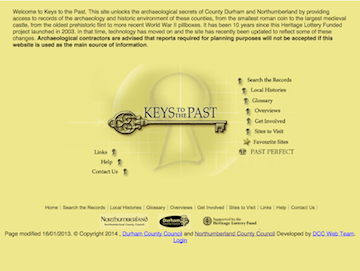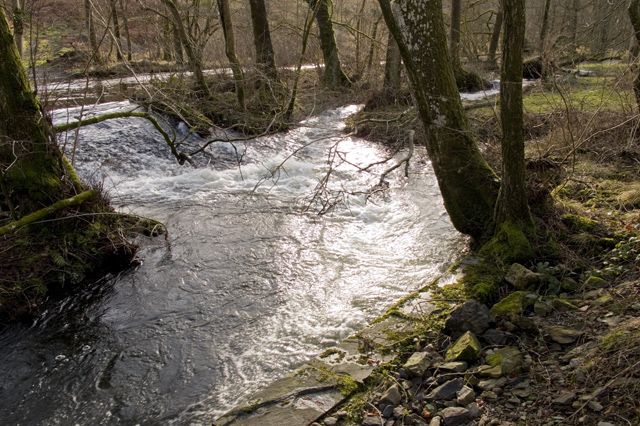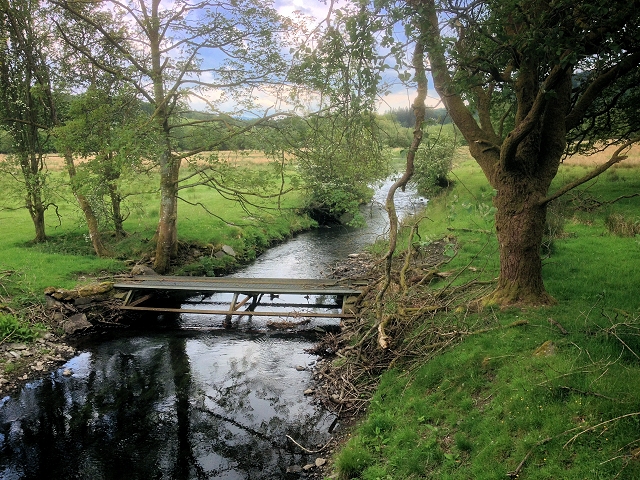Topics > Northumberland > Rennington > Church of All Saints, Rennington
Church of All Saints, Rennington
All Saints Church in Rennington, Northumberland, was built in 1831, replacing an earlier chapel. A chaplain for Rennington was documented in 1180. Historically, the chapel here belonged to Lindisfarne Priory and was in the Archdeaconry of Lindisfarne and Deanery of Alnwick in the Diocese of Durham until at least 1861.[1] The chancel and north aisle of the present church were added in 1865. The font is thought to be 14th century and originally from Embleton church.[2]

from https://www.achurchnearyou.co…
All Saints Rennington
- "A Victorian church on the site of a Norman Chapel....The parochial chapelry of Rennington is dedicated to All Saints. A parochial chapelry is a halfway house between a chapel of …
Added by
Simon Cotterill

from https://keystothepast.info/se…
All Saints Church (Rennington)
- "All Saints Church was built in 1831. The chancel and north aisle were added in 1865. The church font is probably 14th century in date and came from Embleton church...."
Added by
Simon Cotterill

from https://keystothepast.info/se…
Possible medieval church, Rennington
- "A series of buried remains excavated in 2008 have been tentatively identified as the remains of a medieval church. The site occupies an open area within the present shrunken medieval …
Added by
Simon Cotterill


from https://www.achurchnearyou.co…
All Saints Rennington
- "A Victorian church on the site of a Norman Chapel....The parochial chapelry of Rennington is dedicated to All Saints. A parochial chapelry is a halfway house between a chapel of …
Added by
Simon Cotterill

from https://keystothepast.info/se…
All Saints Church (Rennington)
- "All Saints Church was built in 1831. The chancel and north aisle were added in 1865. The church font is probably 14th century in date and came from Embleton church...."
Added by
Simon Cotterill

from https://keystothepast.info/se…
Possible medieval church, Rennington
- "A series of buried remains excavated in 2008 have been tentatively identified as the remains of a medieval church. The site occupies an open area within the present shrunken medieval …
Added by
Simon Cotterill














